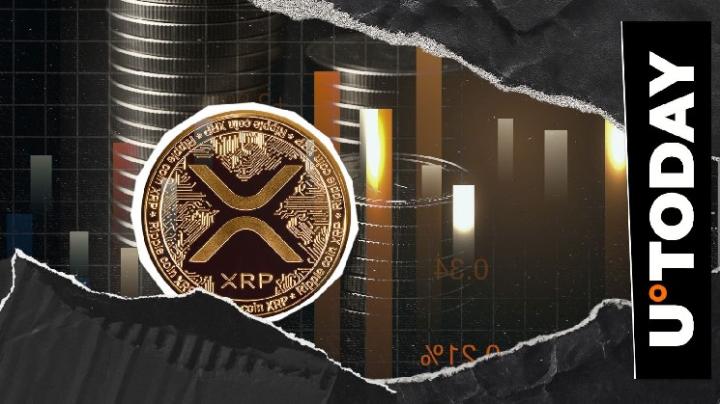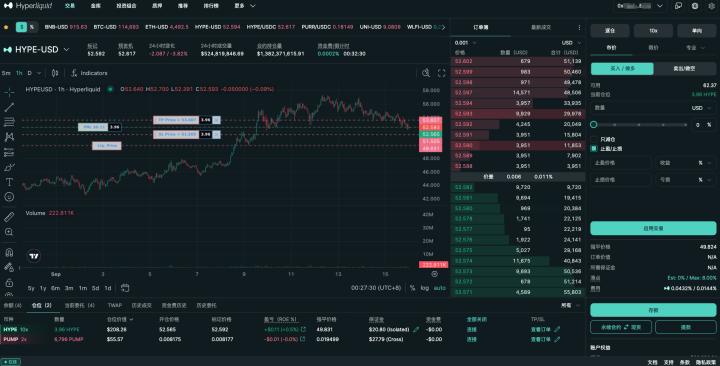Move Industries announces the transition of Movement from a sidechain architecture to a standalone Layer 1 blockchain, to improve performance, enable unlocked MOVE Token Staking , and early support for Move 2.0 language features.
The team says the new Layer 1 will handle over 10,000 TPS with sub-1-second confirmation times, eliminating the centralization factor in the sidechain model, and expects to complete the mainnet migration by the end of 2025.
- Movement moved to Layer 1 to increase performance and reduce centralized points of failure.
- Only MOVE Token in unlocked state are eligible for Staking; locked Token are not eligible.
- Early support for Move 2.0; public testnet will launch before mainnet in late 2025.
Transition from sidechain to Layer 1
Move Industries decided to migrate Movement to a standalone Layer 1 blockchain, replacing the previous sidechain architecture.
This is to remove the centralized sorter in the sidechain model, reduce the risk of single point of failure, and fully leverage the capabilities of the Move Virtual Machine (MoveVM) at the core network level.
Performance and confirmation time
The new Layer 1 is designed to achieve processing capacity of over 10,000 TPS with transaction confirmation times under 1 second.
This is a jump from the current limit of around 500–600 TPS on legacy networks. Increased throughput and reduced latency improve user experience and enable large-scale application deployment.
MOVE Token Staking and Management Mechanism
Only unlocked MOVE Token are eligible for Staking; Token locked by investors or core contributions are not Staking.
This regulation is intended to ensure that Staking rights reflect the actual active owners, avoiding the use of locked Token to influence security and governance mechanisms.
Move 2.0 Support and Development Roadmap
Movement will be one of the first blockchains to support Move 2.0 language features, including enumeration types and function values.
The team plans to launch a public testnet for developers in the near future and complete the mainnet migration before the end of 2025, enabling application development using the new features.
Reorganization and management
Movement Labs has restructured and rebranded as Move Industries, while updating its product roadmap and governance.
This change reflects efforts to specialize, reshape decision-making, and prepare for the move to Layer 1, including support for new languages and development tools.
How is Movement to Layer 1 different from before?
Layer 1 removes the centralization element in the sidechain, increasing throughput and reducing latency, allowing the network to operate independently and take full advantage of MoveVM.
Who is allowed to Staking MOVE?
Only MOVE Token in unlocked state can be Staking; Token locked due to investment or core contribution are not eligible.
When will testnet and mainnet happen?
Public developer testnet will launch soon; mainnet migration is targeted to be complete by the end of 2025.
Is Movement really above 10,000 TPS?
This is the team's published rate; the number reflects the design target for Layer 1 versus the current limit of around 500–600 TPS.







